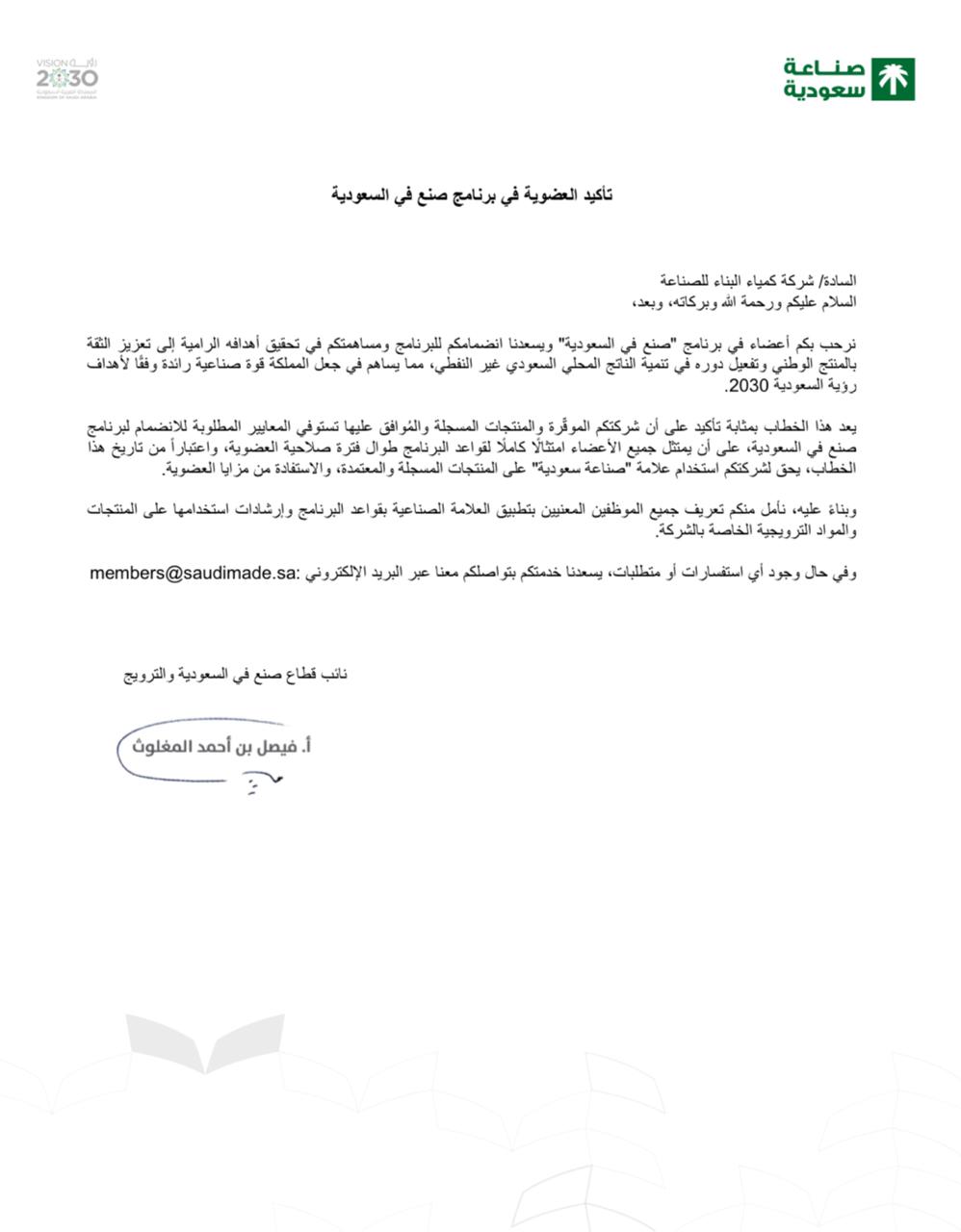
The application of BC237polyurea
The application of BC237polyurea from BCI on the top of pile caps serves as a waterproofing and protective coating to prevent negative water leakage – a situation where water seeps up from below ground level. This is particularly important in construction where the pile caps, which are part of the deep foundation system, could be exposed to groundwater or other sources of moisture that could cause damage or degradation over time.
BC237polyurea is a type of elastomer that is derived from the reaction of an isocyanate component with a synthetic resin blend component. This reaction creates a plastic or rubber-like compound that can adhere well to concrete and steel surfaces. Some attributes that make polyurea a suitable protective coating include:
1. Rapid curing time, which allows for quicker return-to-service times for the construction project.
2. Exceptional durability and elongation capabilities, providing a flexible yet strong barrier that can withstand structural movements.
3. Excellent resistance to water, chemicals, and abrasion, thereby ensuring a long-lasting protective layer against environmental stressors.
4. Seamless application results in a continuous membrane without joints or seams, eliminating weak points where leakage could potentially occur.
5. The ability to be applied in a wide range of temperatures, proving adaptable to various climate conditions during the construction phase.
The actual application of BC237polyurea involves several steps:
1. Surface Preparation :The top of the pile cap needs to be clean and free of any debris, dust, or previous coatings. This may include sandblasting or grinding to provide a rough surface for better adhesion.
2. Primer Application :A BC349primer applied to enhance the bond between the polyurea and the concrete surface of the pile cap.
3. Polyurea Application :The polyurea is typically sprayed on using specialized equipment which mixes the two components (isocyanate and resin) at the point of application, creating an instant coating. The thickness of the applied layer can vary depending on the project requirements.
4. Curing : BC237polyurea coatings cure quickly – often within minutes. It’s important to ensure that the surface remains undisturbed during this time to form a uniform protective barrier.
5. Inspection and Touch-ups :After curing, the coated surface is inspected for any imperfections or missed areas. Touch-ups may be performed if necessary to ensure complete coverage.
6. Final Inspection: Once the final touch-ups have been done and the coating has fully cured, a final inspection is conducted to ensure the integrity and uniformity of the protective barrier.
It’s essential to ensure that the application of BC237polyurea is done by trained professionals and approved by BCI trainer as proper handling and application techniques are crucial to the effectiveness of the coating.





